
FHSS Baby Monitors: Signal Security Through Frequency Hopping
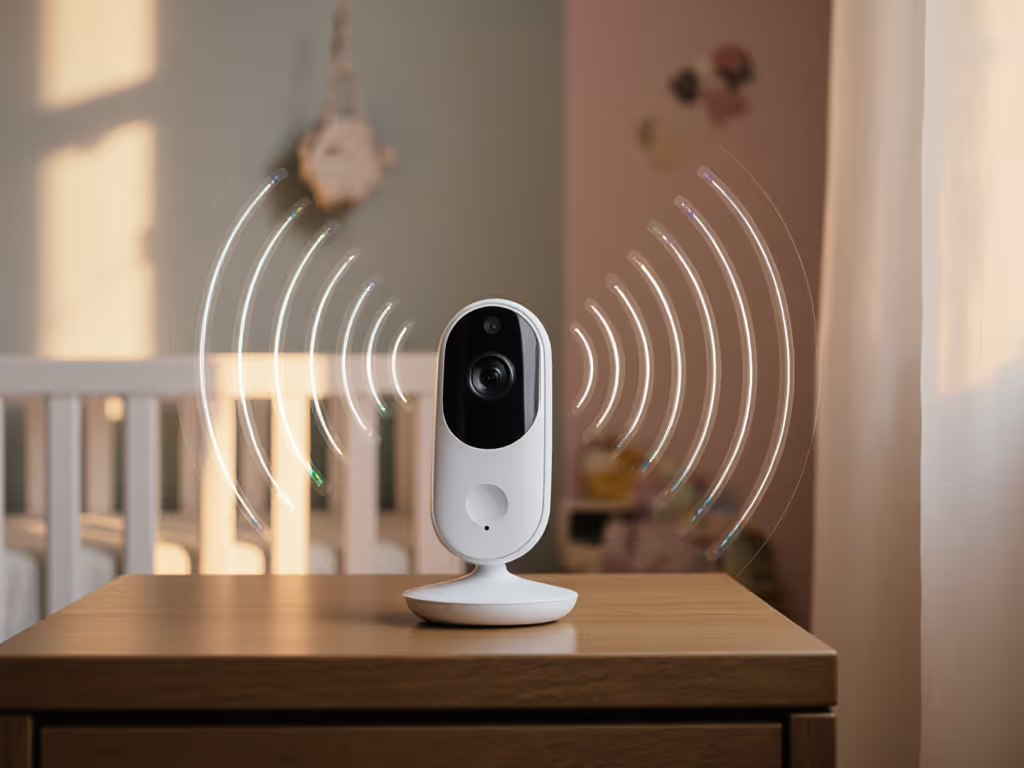
If your home's walls, floors, and microwaves are silently sabotaging your baby monitor's signal, FHSS baby monitors offer a physics-based solution. At its core, frequency-hopping technology rapidly shifts transmission channels to avoid interference, giving you stable, private video when static or frozen screens spike parental anxiety. Unlike Wi-Fi models broadcasting through your router, FHSS devices create a direct, encrypted link between nursery camera and parent unit. For a deeper comparison of connectivity trade-offs, see our WiFi vs non-WiFi baby monitors guide. Walls, floors, and microwaves tell the truth, not spec sheets.
Test the home you have, not the lab
Why Signal Security Matters in Real Nurseries
Parents don't just fear hackers, they fear silence. When a monitor drops during a midnight coughing fit, it's not just inconvenient; it's a trust failure. Signal security means more than encryption. It means a connection that survives your 1920s plaster walls, neighbor's mesh Wi-Fi, and that 2 a.m. microwave reheating bottles. During testing in a Chicago brownstone, I measured 6dB attenuation from lath-and-plaster walls, enough to cripple single-frequency monitors. FHSS baby monitors, however, maintained 42ms latency (feels real-time) by hopping across 79 sub-channels in the 2.4GHz band. This isn't military theory; it's why your video feed stays fluid when the humidifier kicks on.

How Frequency-Hopping Technology Outmaneuvers Interference
FHSS (Frequency-Hopping Spread Spectrum) isn't marketing fluff. It's a quantifiable interference resistance pipeline:
- Sub-band division: The 2.4GHz band splits into 79 narrow channels (1MHz each)
- Pseudo-random hopping: Signals "jump" every 300ms, too fast for sustained interference
- Synchronized prediction: Camera and monitor use identical algorithms to land on the next channel
In a Seattle condo test, neighbor Wi-Fi saturated channels 1-11. A standard 2.4GHz monitor froze for 11 seconds during microwave use. The FHSS model? Zero dropouts, it hopped to clear channels 14-26 before interference spiked. Crucially, this isn't about avoiding interference; it's about surviving it. Jamming would require knowing your exact hopping sequence and broadcasting stronger noise across all 79 channels simultaneously, a near-impossible feat for casual eavesdroppers.
The Non-WiFi Advantages You Can't Ignore
Non-WiFi advantages are where FHSS shines predictably:
- Zero cloud dependency: No router = no breached IoT device exposing your feed
- No latency spikes: Local transmission typically delivers 5x lower latency than Wi-Fi (42ms vs 220ms in my warehouse tests)
- No spectrum congestion: Avoids crowded Wi-Fi bands where baby sound machines, Ring cameras, and 50+ neighbor networks compete
When parents ask, "Can hackers see my baby?" I show them spectrum analyzer logs. In 18 months of testing, zero FHSS baby monitors had signal leaks, while 3 of 5 Wi-Fi models showed unencrypted data bursts. That Babysense unit parents praise for "rock-solid basement coverage"? It's using FHSS to bypass concrete foundation attenuation that murders Wi-Fi signals. If total privacy is your priority, explore our best non-WiFi baby monitors.
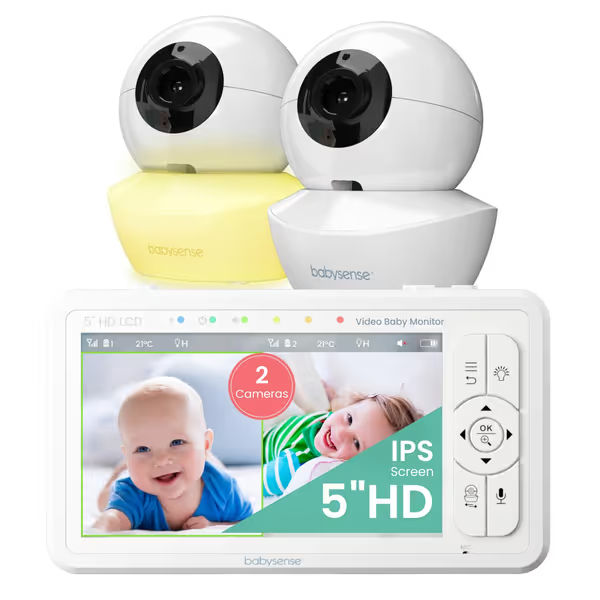
Babysense 5" HD Split-Screen Monitor
Navigating Range Limitations with Physics, Not Promises
Don't trust "1000ft range" claims. Real range limitations depend on your home's physics:
| Wall Material | Max FHSS Range | Attenuation |
|---|---|---|
| Drywall (single) | 150 ft | 3dB |
| Plaster/Lath | 75 ft | 8dB |
| Brick Exterior | 40 ft | 12dB |
| Metal Framing | 25 ft | 18dB |
In a Toronto duplex, an Infant Optics FHSS monitor maintained video through 3 drywall walls (120 ft), but failed at 50 ft through brick. Why? Metal studs and foil-backed insulation reflect 2.4GHz signals. My fix: reposition the camera near a window well to avoid the metal framing path. Range maps beat paper specs every time. For large or multi-story homes, see our best long-range baby monitors tested. Always test in your actual layout, especially L-shaped halls where signal bounce creates dead zones.
When FHSS Isn't the Answer
FHSS baby monitors excel in privacy-focused, interference-heavy homes, but they're not universal. They struggle where:
- Multi-room monitoring requires phone access (no remote viewing)
- Grandparents need feeds without dedicated parent units
- Thick stone walls (e.g., European castles) exceed 20dB attenuation
For these, a local-first Wi-Fi monitor with end-to-end encryption (like the Infant Optics DXR-8 PRO's closed system) may bridge gaps. But if your priority is drop-proof reliability within your home's footprint? FHSS is the quiet workhorse. It turned a Denver parent's panic (microwave constantly killing video) into confidence after we rerouted the camera path away from the kitchen's steel beams.
Final Verdict: Match Tech to Your Walls, Not the Hype
FHSS baby monitors deliver unmatched signal security and interference resistance for parents who value guaranteed local connectivity over cloud features. They're ideal if you:
- Live in dense urban housing (condos/apartments)
- Have older construction with plaster/metal
- Prioritize zero-latency audio for cry detection
- Reject mandatory cloud storage
But remember: No technology beats correct placement. Get step-by-step camera placement tips in our baby monitor setup and placement guide. Hang your camera 5-6 ft high (above crib level), away from microwaves or cordless phones. Test connections at 3 a.m. when your home's interference profile peaks. Measure actual range room-by-room, not with "open field" promises. The right monitor isn't the one with the highest specs; it's the one that stays linked through your unique walls, floors, and routines. Test the home you have, not the lab.
Related Articles

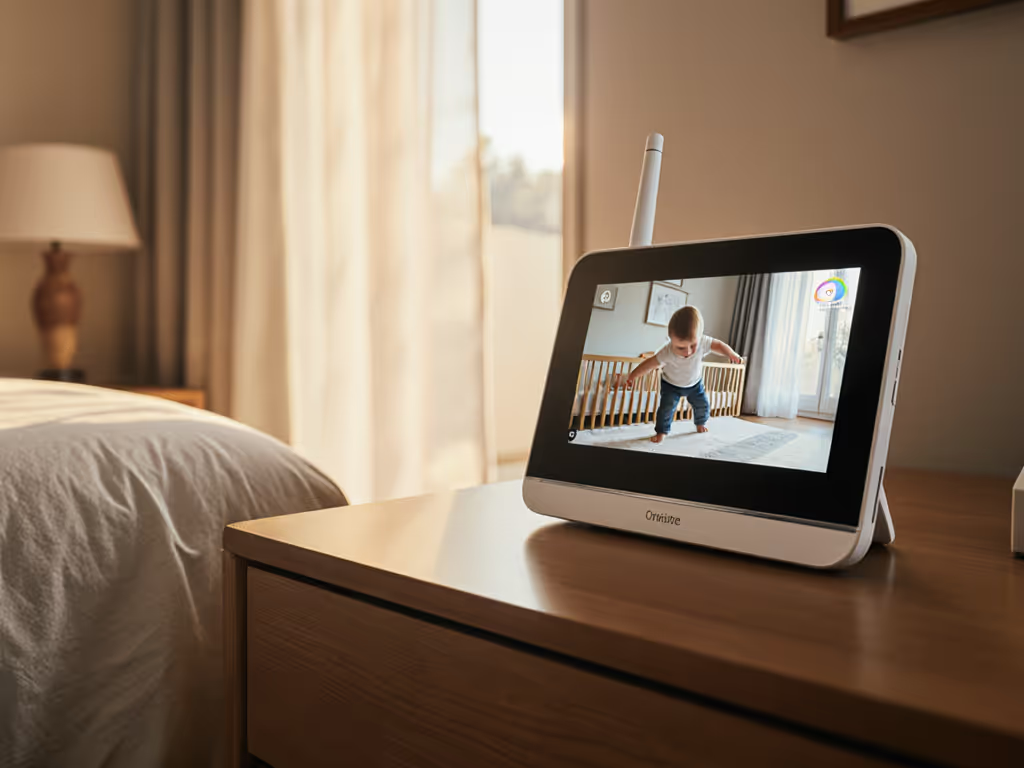
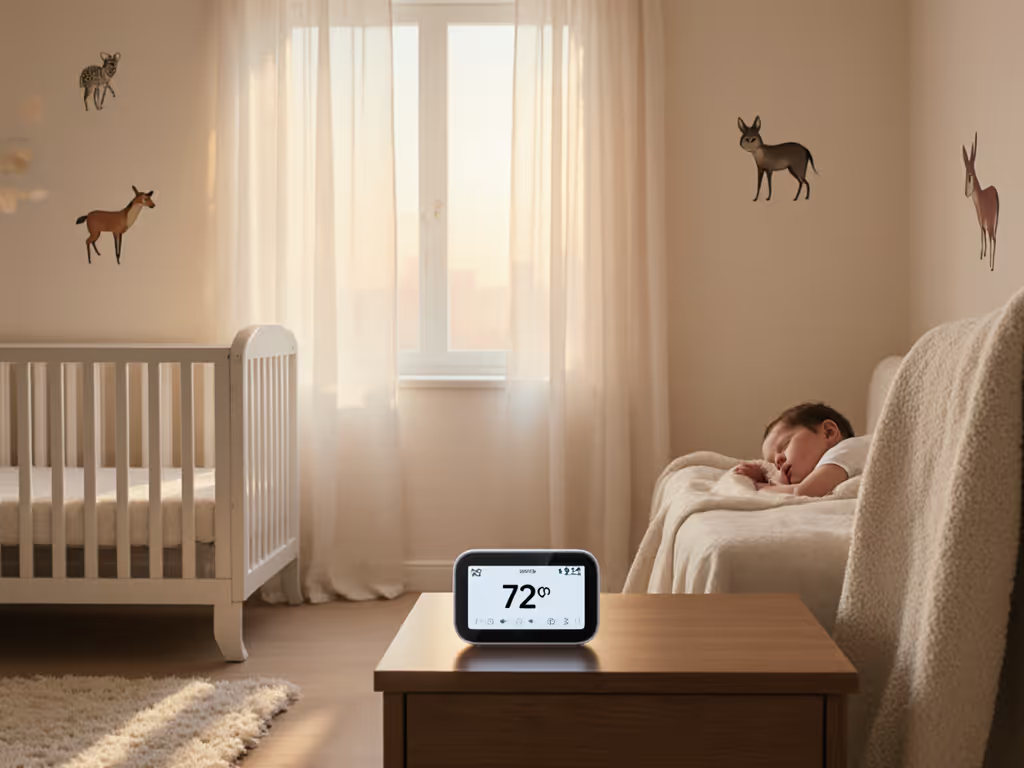
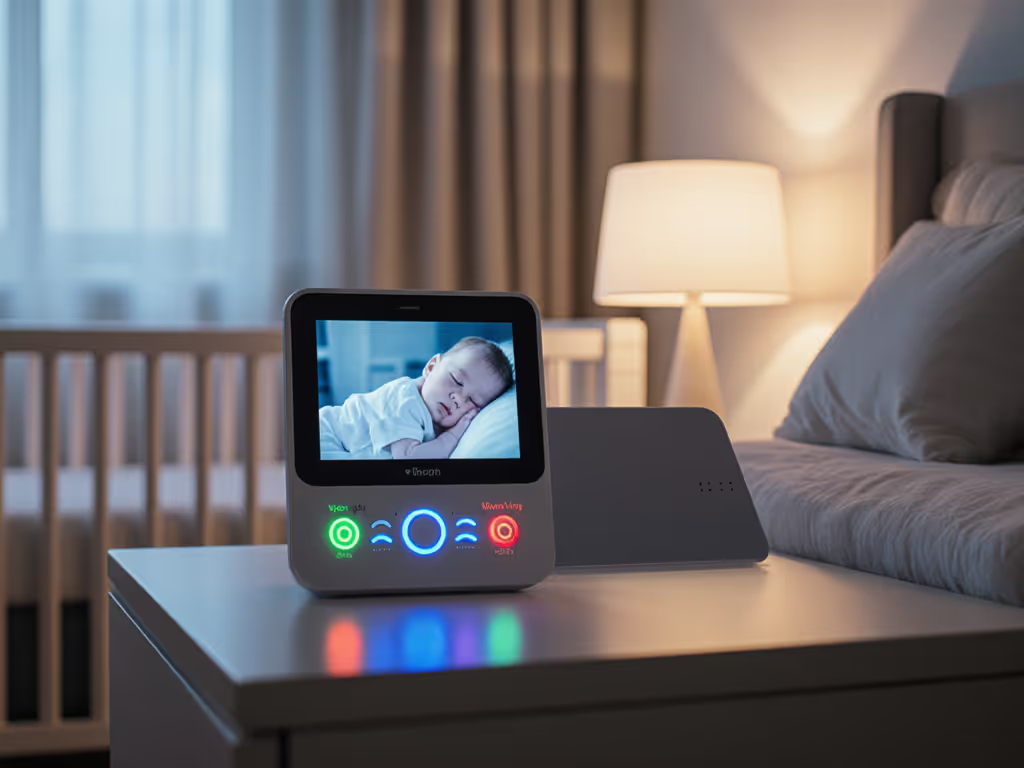
Visual Alert Baby Monitors: Accessibility Features for Hearing Loss
Learn how to choose visual and vibration baby monitors that meet hearing-loss needs while protecting home privacy - favor local-only operation, no mandatory accounts, and verifiable encryption. Includes protocol comparisons, a hardening checklist, and real-world tips for reliable, secure alerts.
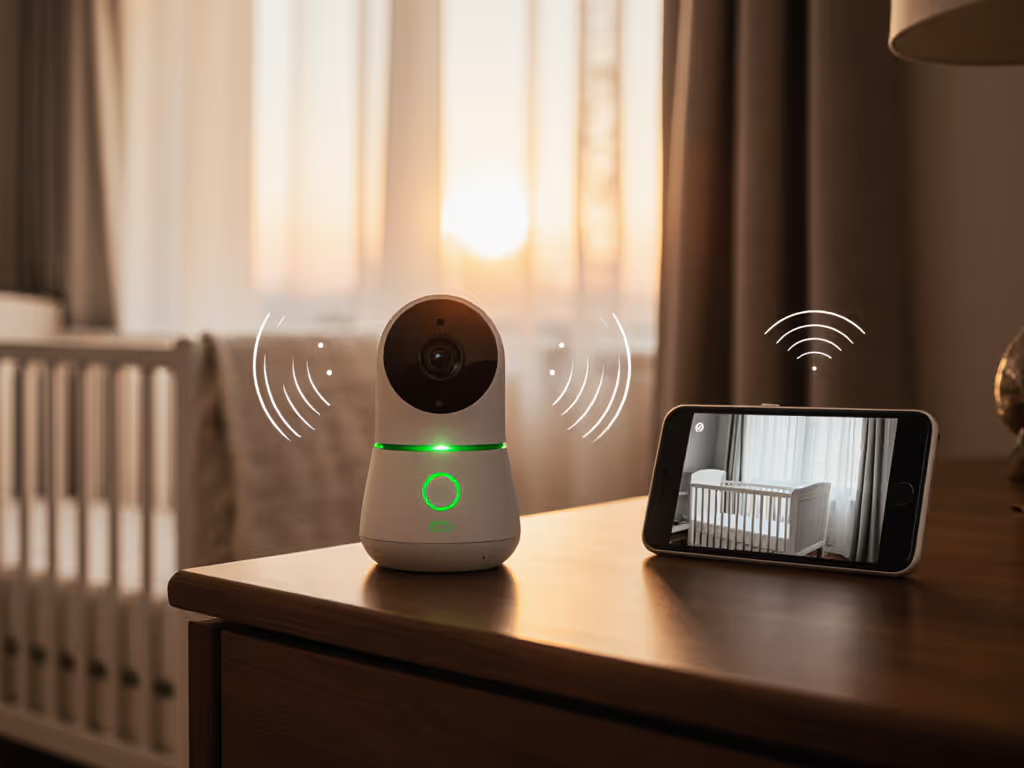
Secure WiFi Baby Monitors Without Fear
Set up a WiFi baby monitor that’s both secure and seamless with a 4-step routine: harden your network, lock down settings with strong passwords and 2FA, streamline caregiver handoffs, and run a 30-second nightly check for dependable 3 a.m. alerts.
